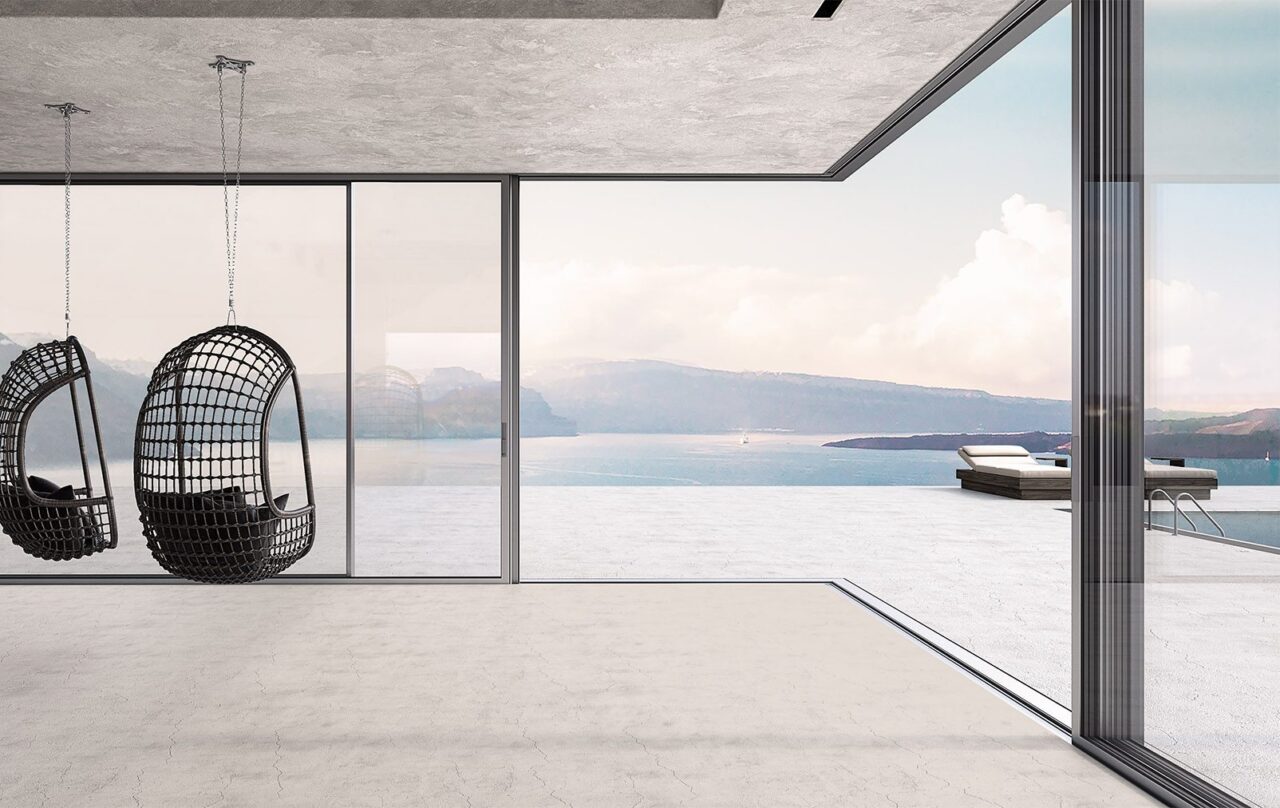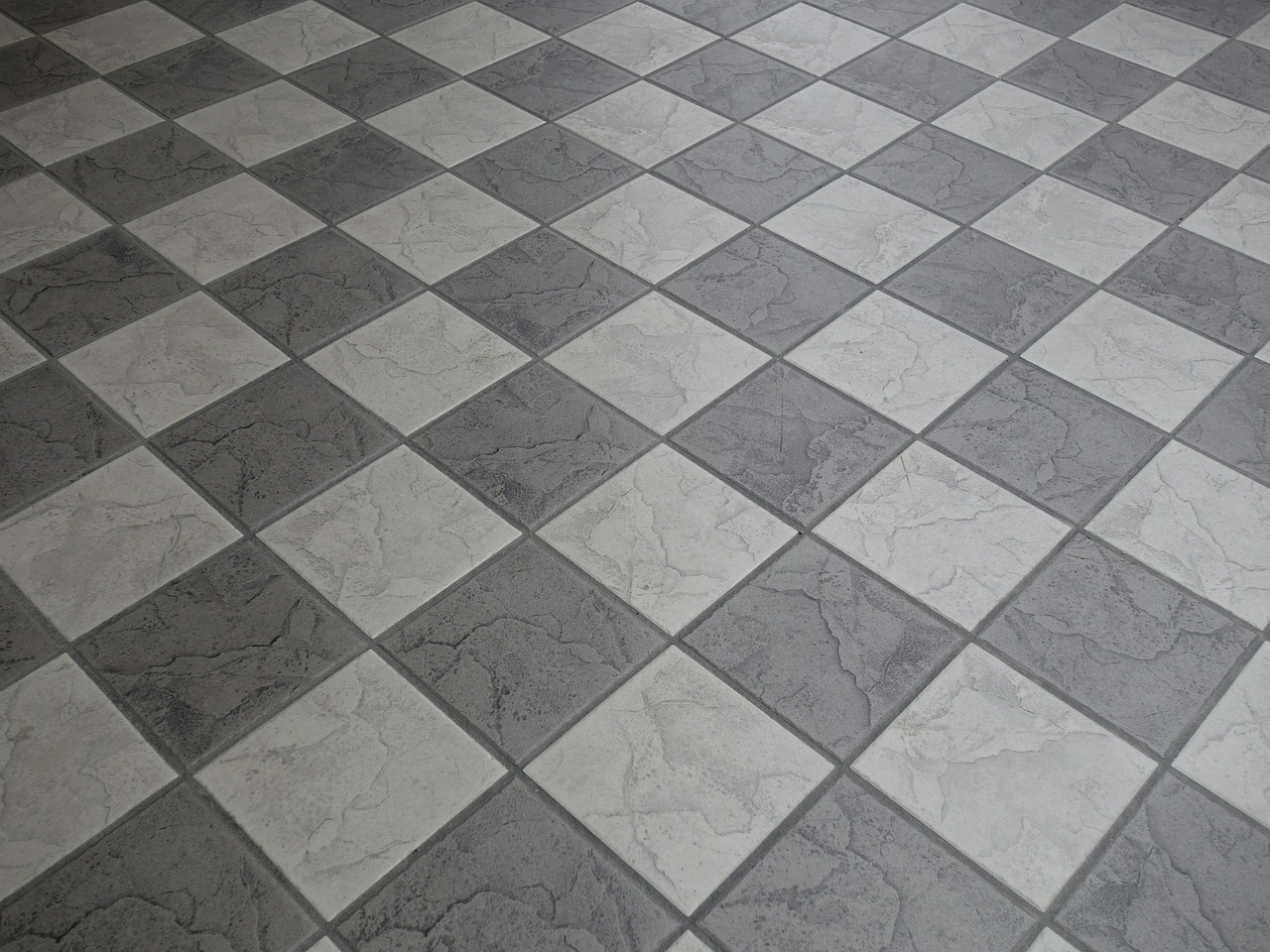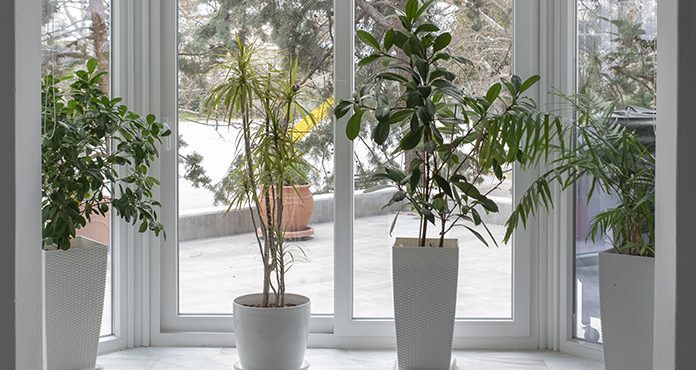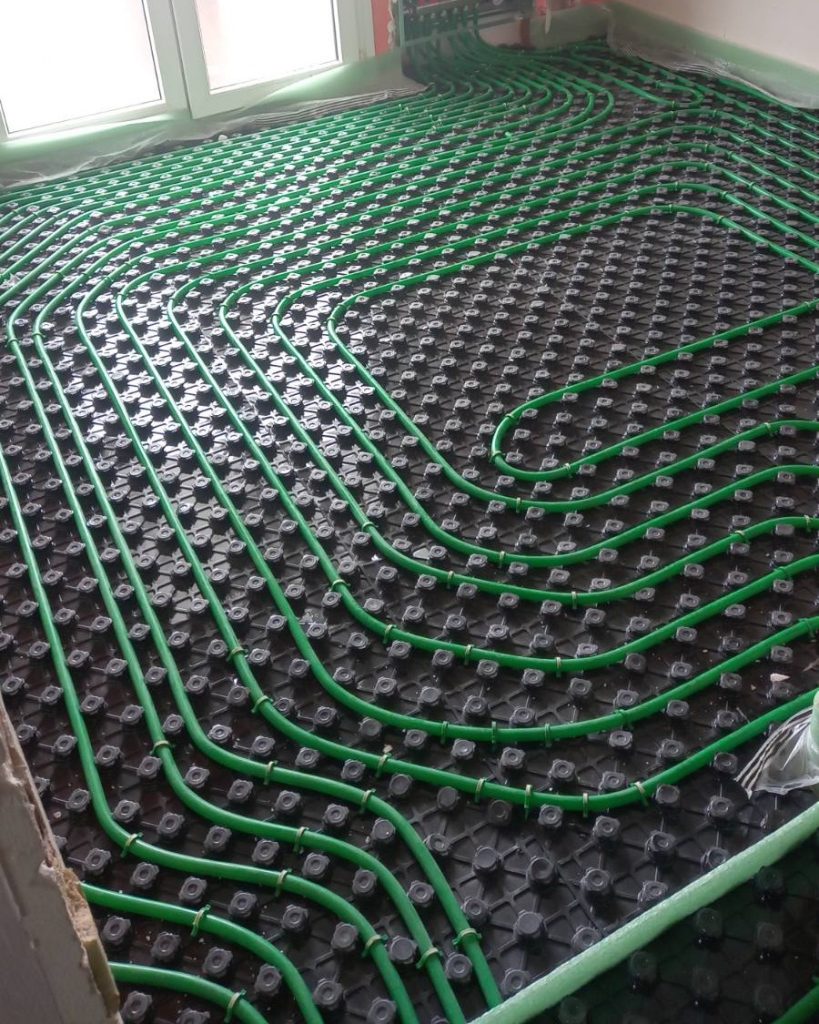Underfloor heating offers several benefits that make it a popular choice for heating spaces, especially in new builds and renovations. Some of the key benefits include: Even Heat Distribution: Underfloor heating ensures even heat distribution throughout the room, avoiding hot spots and cold corners that are often found with other types of heating systems. Lower […]
Category Archives: Underfloor Heating
Doors & Window Frames
selection of window and door frames for a home
The selection of window and door frames for a home is influenced by various factors, [...]
Continue reading →
13
Oct
Oct
Tiles
The right tile for your space!
Choosing tiles for your home can be a very interesting process, but also a bit [...]
Continue reading →
13
Oct
Oct
Tiles
Choosing tiles for your home can be a very interesting process, but also a bit [...]
Continue reading →
13
Oct
Oct
Tiles
TILES
Choosing tiles for your home can be a very interesting process, but also a bit [...]
Continue reading →
06
May
May
Doors & Window Frames
Doors & Window Frames
The selection of window and door frames for a home is influenced by various factors, [...]
Continue reading →
06
May
May





